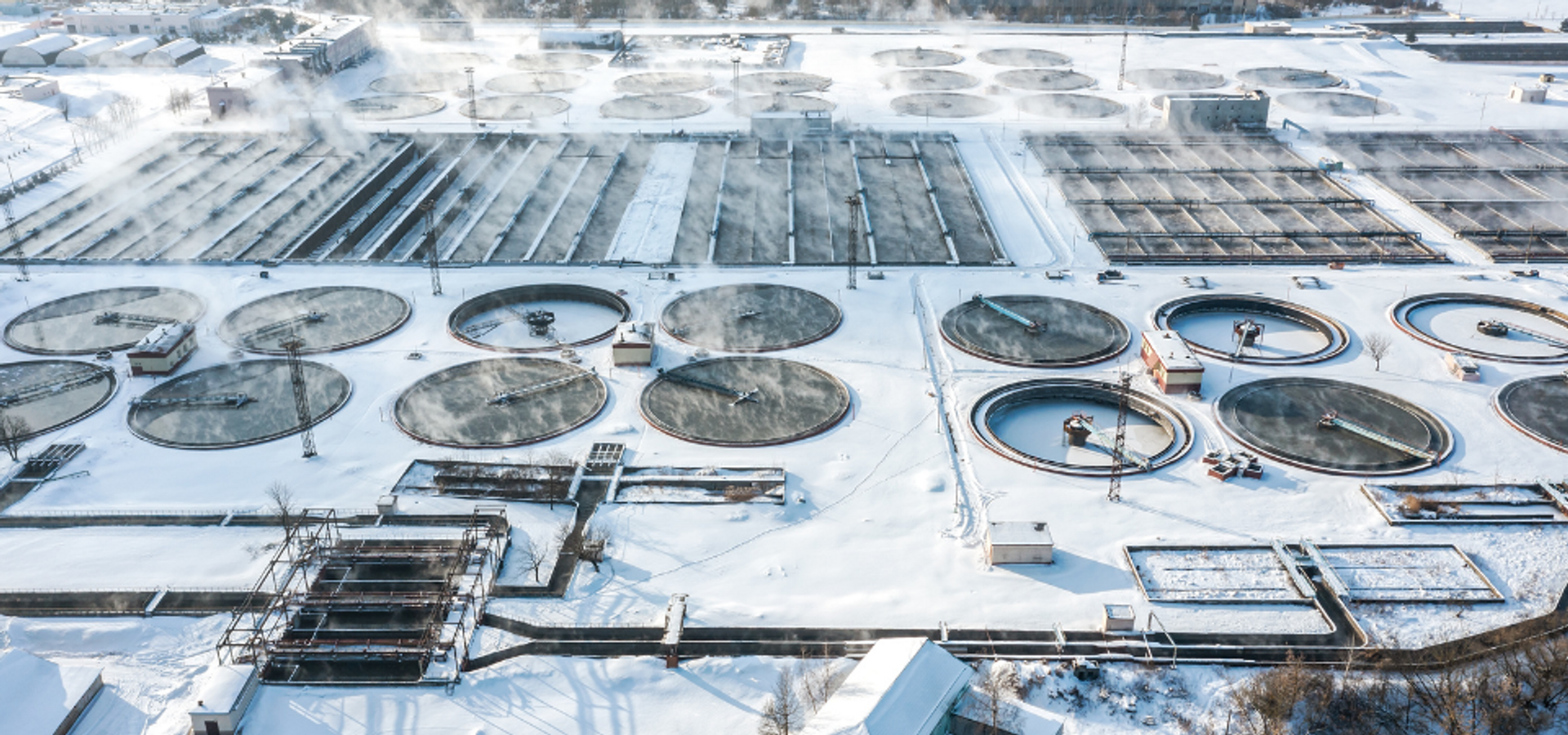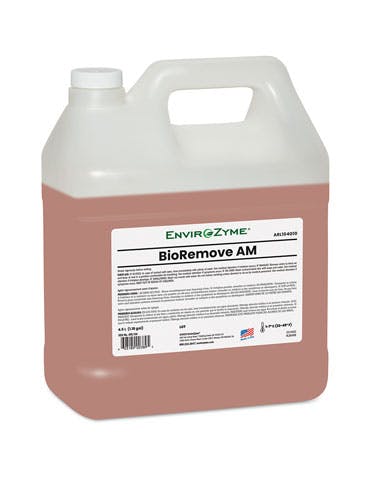
Municipal Case Study: Cold Weather Nitrification
BioRemove AM helped a municipal wastewater treatment plant stay up to code through a cold winter.
Benefits
- 17% improvement in ammonia removal
- Removed 43-46% of the residual effluent NH3-N
- Brought the monthly average effluent ammonia from 12 mg/L to 9.9 mg/L over 11 days to safely meet the monthly average limit
Background
In the mountainous Northwestern U.S., a mid-size city's municipality owns and operates an advanced 15 MGD (design capacity) secondary wastewater treatment facility. The system is currently at 50% hydraulic capacity, receiving 7.5 MGD of municipal wastewater. The activated sludge plant is well-run and typically removes 99 percent of BOD5 and 98% of TSS. Although the average annual ammonia effluent is 5 mg/L, it was difficult for the municipality to meet their monthly ammonia limit of 12 mg/L in the colder winter months.
Application
Facing one of the coldest winters in quite some time, the operations supervisor of the municipal plant was trending his effluent ammonia concentrations on a daily basis. The plant’s effluent ammonia concentration continually teetered in and out of compliance as water temperatures hovered between 8°C and 10°C (46.4°F and 50°F). Not willing to gamble with compliance, he contacted a local engineer for guidance. With the recommendation of a small neighboring treatment plant and the engineer’s assistance, the supervisor also contacted EnviroZyme to discuss the utilization of BioRemove AM, a highly concentrated source of nitrifying microorganisms. EnviroZyme’s technical staff reviewed the aspects of the application and determined that the likelihood of success with bioaugmentation was high. They provided a recommended dosage and monitoring strategy. BioRemove AM was expedited to the site and applied over the course of 4 days.
The Results
Within 3 days, the effluent ammonia concentrations began to decline. Within 1 week, the monthly average was safely 2 mg/L under the monthly limit, continuing to trend downwards. The improvements did not stop there. During February, the new nitrifying biomass was so well-established (6 mg/L effluent ammonia) that compliance breaches were very unlikely (50% of the limit). Nitrification was also confirmed by seeing the equivalent increase in corresponding nitrate. In comparing the 20 days prior to bioaugmentation and the 20 days after application, the differences are stark:


Conclusions
EnviroZyme’s biological program was easy to implement and provided a rapid response to cold weather nitrification challenges. The municipality was able to prevent non-compliance with their effluent permit and avoided spending taxpayers’ money on environmental penalties and associated costs with the local environmental protection agency. The utilization of BioRemove AM resulted in:
- Improved plant efficiency
- Cost avoidance for non-compliance citations
